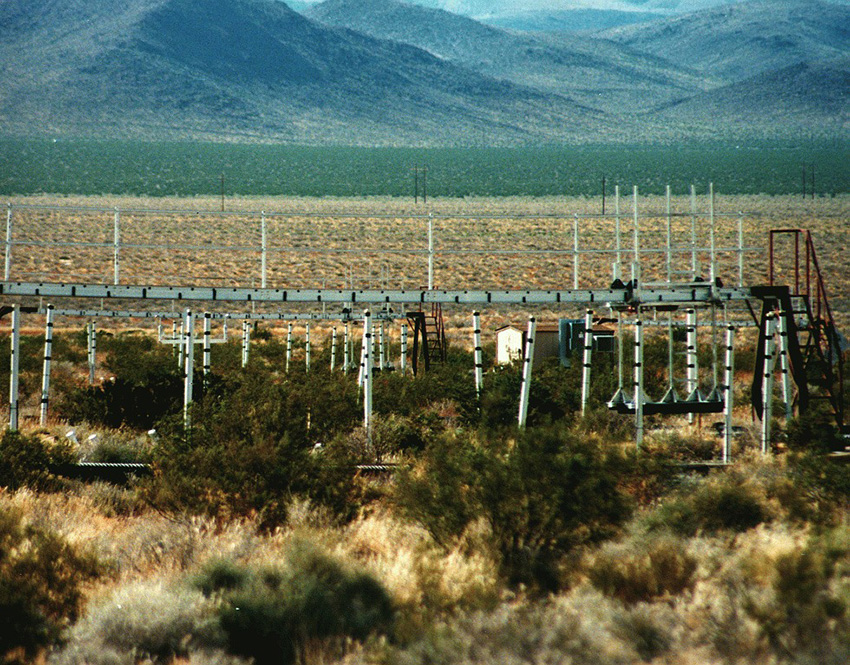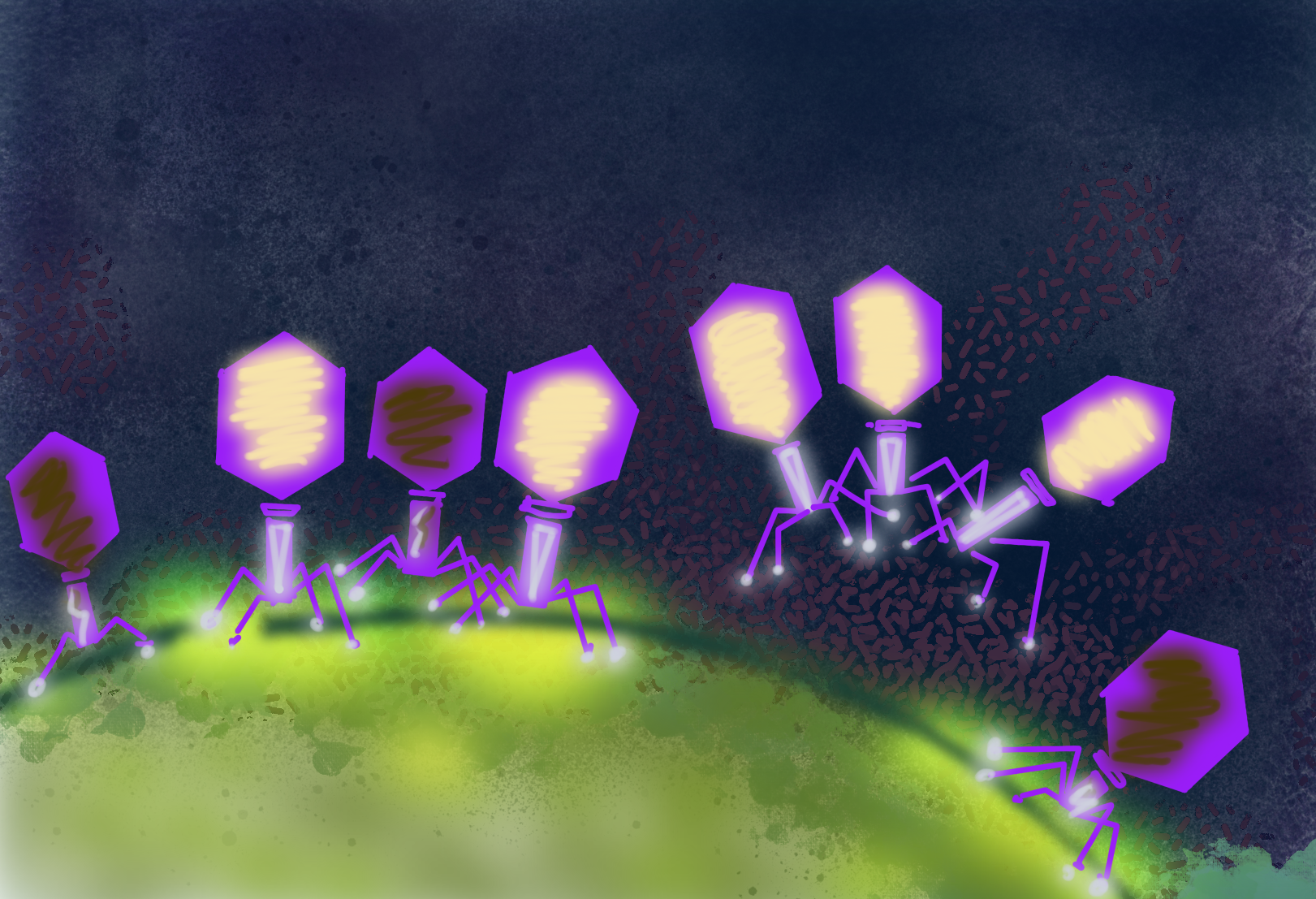Impacts of Climate Change on Photosynthetic Microbes in Arid Ecosystems
Researchers find that ten years of controlled CO2 elevation on desert microbes had deleterious effects.

The Science
Operating in collaboration with DOE’s long term Free Air CO2 Enrichment (FACE) program, researchers at Los Alamos National Laboratory have published new findings on the effects of ten years of controlled elevated CO2 exposure on cyanobacterial biocrusts using environmental metagenomics.
The Impact
These results present preliminary evidence suggesting that increasing atmospheric CO2 concentrations have a deleterious impact on desert biocrusts and may result in decreased performance by these communities.
Summary
In many harsh desert environments, microbial “biocrust” communities dominated by photosynthetic bacterial species (cyanobacteria) cover up to 70% of the land surface and play important roles in nutrient cycling, water retention, and stabilizing soil against erosion. These communities are highly adapted to the specific environmental conditions of arid ecosystems, and it is unclear what impacts climate change processes may have on them. Natural biocrusts exposed to elevated CO2 (550 ppmv) were shown to have significantly reduced abundance of cyanobacteria relative to plots exposed to ambient CO2 concentrations (360 ppmv). These findings were correlated with an observed loss of biocrust coverage in the elevated CO2 plots, although curiously, total soil biomass measurements did not change significantly. Loss of cyanobacterial abundance appears to be at partially related to increased damage from oxidative stress, with genes involved in resistance to this kind of stress appearing more frequently in the elevated CO2 samples.
Contact
Dr. Cheryl R. Kuske
Los Alamos National Laboratory
kuske@lanl.gov
Funding
Basic Research: DOE Office of Science, Office of Biological and Environmental Research
Publications
Blaire Steven, La Verne Gallegos-Graves, Chris M. Yeager, Jayne Belnap, R. David Evans and Cheryl R. Kuske. 2012. “Dryland biological soil crust cyanobacteria show unexpected decreases in abundance under long-term elevated CO2” Environmental Microbiology [DOI: 10.1111/1462-2920.12011]
Highlight Categories
Performer: University , DOE Laboratory



